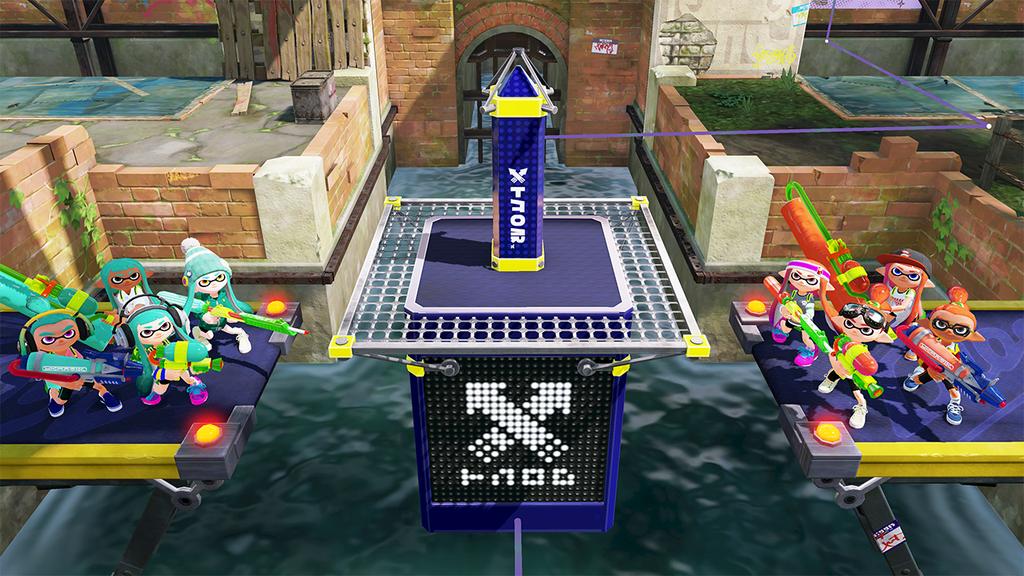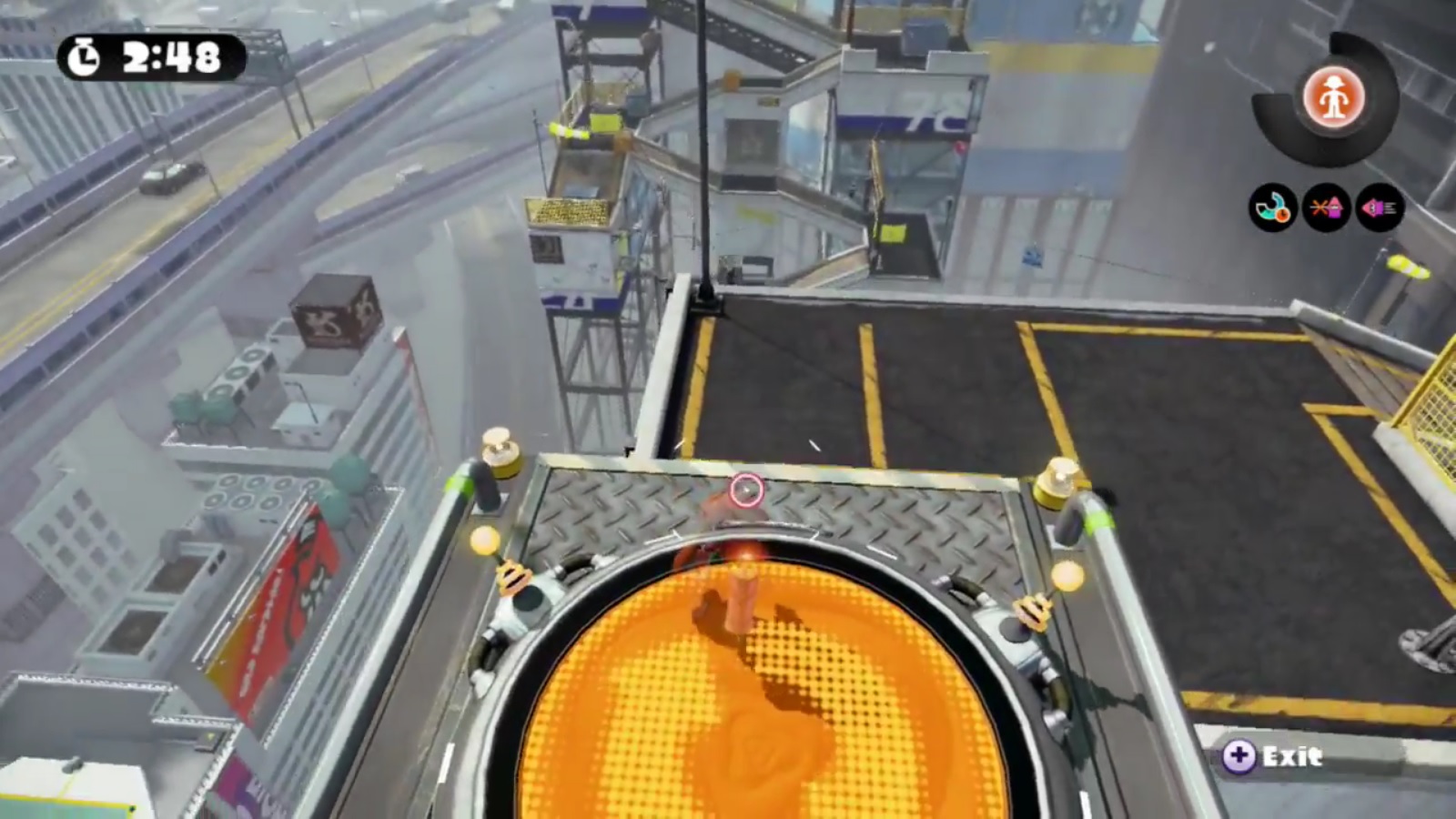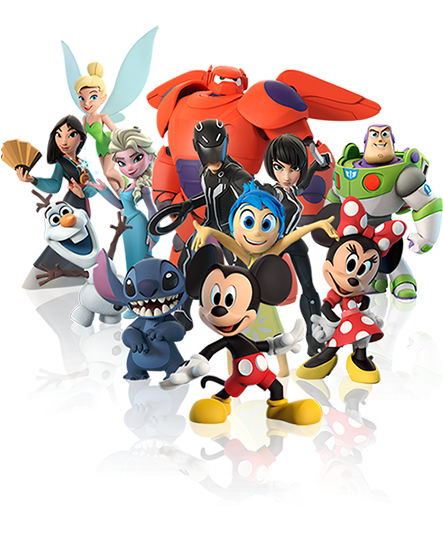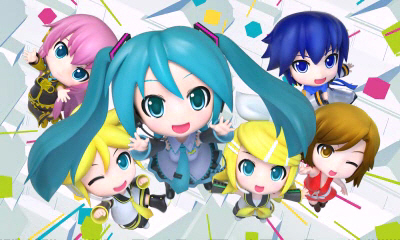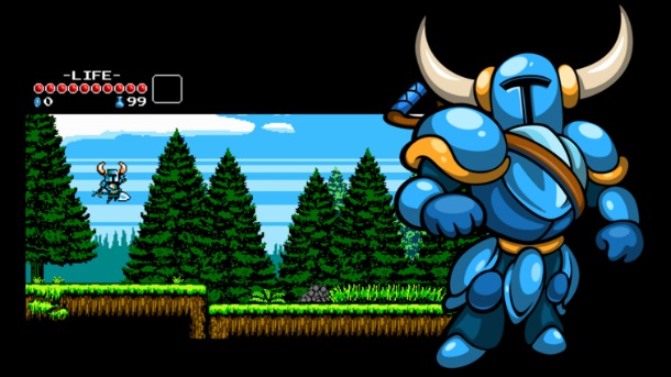Update: YouTube version added.
Nintendo Treehouse: Live with Splatoon Tower Control has now come to an end. If you missed any of the stream, head past the break to catch up on the full recording. We’re using Twitch’s archive for now, but we’ll update this post with a YouTube version when that becomes available.
Nintendo is currently hosting a live stream for Splatoon. While Tower Control is the main highlight, the broadcast also showed off a new map called “Moray Towers”.
Nintendo says that Moray Towers will be added to the game “soon”.
Watch http://t.co/w3WYQPX9KT to get an early look at Moray Towers, a map that is coming soon to #Splatoon.
— Nintendo of America (@NintendoAmerica) June 30, 2015
We’ll have an archive up of today’s Splatoon stream in a bit. You’ll be able to get a first look at Moray Towers in addition to Tower Control.
Could we ever see Howard the Duck or Secret of Monkey Island in Disney Infinity? While Disney says that nothing’s off the table, the developers are instead choosing to focus on newer content.
Ada Duan, vice president of business and franchise management at Lucasfilm, and Disney Interactive’s John Vignocchi told Polygon:
“In terms of Star Wars content, there’s definitely more Star Wars coming out. What these guys have been saying is that Disney Infinity is a platform for all the IP across the company, Star Wars being part of that. You’ll see more. As more movies and TV shows come out and there’s evaluation of what we can support, I think Infinity is going to support all the IP across the company. As Lucas comes out with more IP and more Star Wars.” – Duan
“I’ll be like, please, can we do Secret of Monkey Island? And she’ll say, ‘Can we talk about how relevant this is? There are so many other things we could do.’ We have so much new content coming out.” – Vignocchi
“It’s natural that we’re going to want things to be supported coming up. It’s not out of the question [that we’d approve something from the archives], but I feel like there’s so much new that that’s probably going to be the focus.” – Duan
“We’re listening to the fans. We do the Facebook fan stuff all the time. We do these informal polls, and they wind up in the senior executive meetings with guys throwing stuff around and yelling at each other. ‘OK, this is what the fan poll said we should be doing, these characters.’ That’s how I lost Darkwing Duck to Olaf this year. That would have been awesome, right?” – Viggnocchi
There have been two Disney Infinity games thus far, with a third following this year. Disney Infinity 2.0 introduced Marvel characters while the 2015 edition is featuring Star Wars for the first time.
Treehouse: Live with Splatoon Tower Control will kick off at 6 PM ET / 3 PM PT (an hour from now). We’ve included the live stream below.
Nintendo will be giving a first look at the Splatoon Tower Control multiplayer mode, which launches tomorrow. I wouldn’t expect much else aside from that!
SEGA sent out a fresh round of details and screenshots pertaining to Hatsune Miku: Project Mirai DX today. Head on below for all of the latest content.
When Hatsune Miku, Kagamine Rin, Kagamine Len, Megurine Luka, MEIKO, and KAITO take center stage in Hatsune Miku: Project Mirai DX this September, there will be 48 full-length songs to play through – but that’s just a fraction of all the gameplay packed into the upcoming Nintendo 3DS™ rhythm game!
For the U.S. release, the songs in Project Mirai DX are fully rendered in Miku’s 3-D Nendoroid style, allowing players to customize their characters, or even swap them out in songs. One of the game’s special features is being able to change the character who performs a particular song – if you account for the additional vocal tracks, the playlist balloons up to 79 songs in total.
Project Mirai DX blends traditional rhythm game elements with companion-based events, simple creativity tools, and sharable customization. During rhythm gameplay, players can customize the size, color, and even behavior of the rhythm icons, so as players get more comfortable with higher difficulties, they can adjust the display to fit their play style.
Theatre mode lets players relax from tapping or button-pressing and watch the music video. The videos are browsable, so players can skip to their favorite parts, and make playlists of their favorite songs. It’s even possible to create scrolling messages on the videos (a la Nico Nico Douga), which can be shared via StreetPass, and updated via SpotPass. Theatre Mode also has “Jam Along” mode, which lets players interact and add their own sound flairs to songs!
Source: SEGA PR
The official E3 2015 trailer for Anima: Gate of Memories has now been released. Watch it below.
One last bit of Shovel Knight news for the day. Yacht Club Games has confirmed that, since launch, the game has sold more than 700,000 copies. We don’t have a specific breakdown per platform, but Wii U and 3DS should have contributed quite a bit to that amount!
